Logographing Magtipan at Kaanyuan
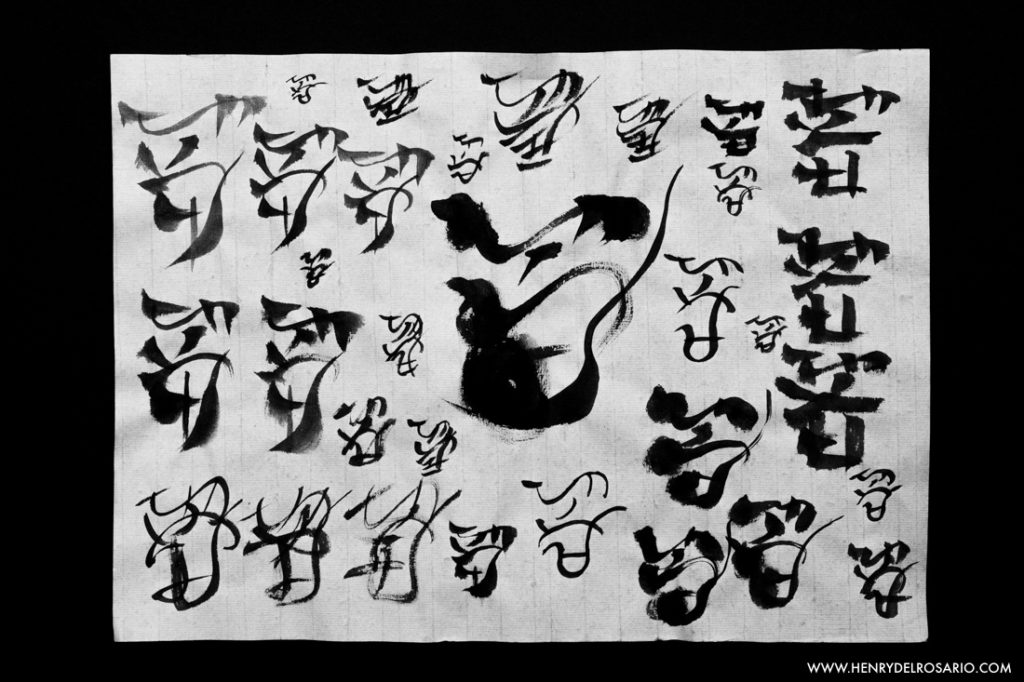
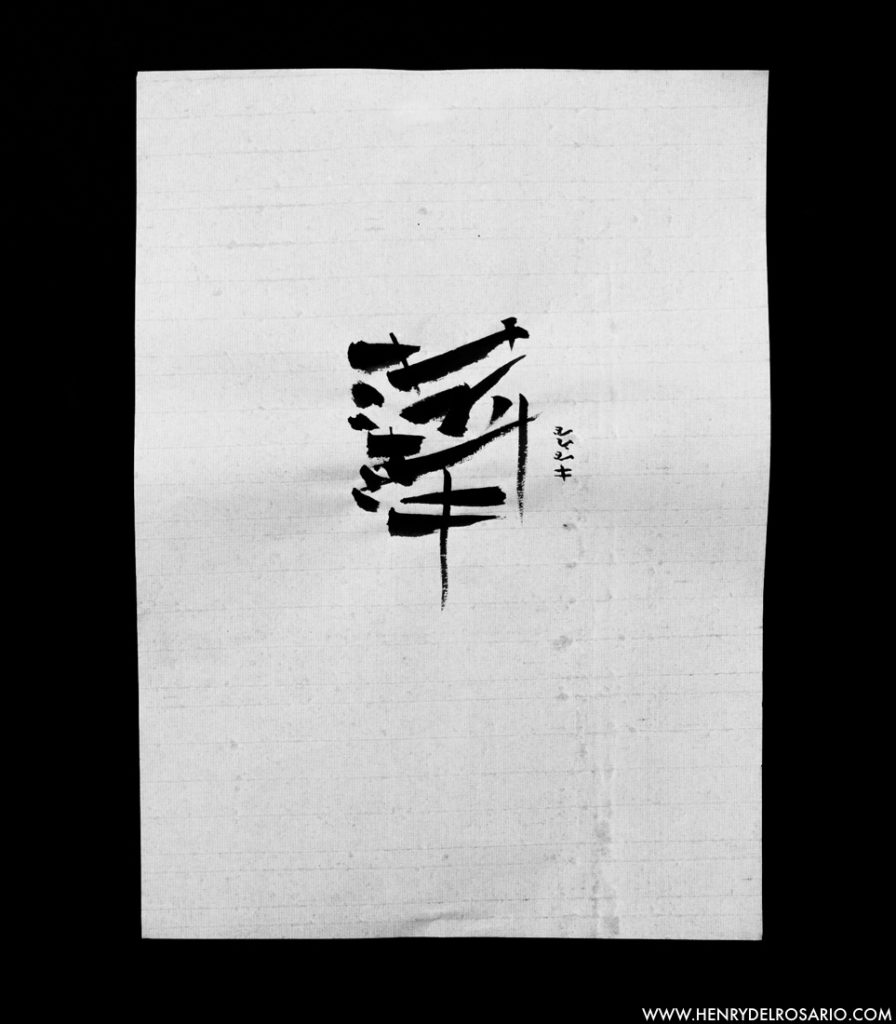
Ambahan about old age
As I research more about Baybayin script (ancient Filipino script) I come across more and more Filipino poetry. I am currently praising this poem about old age (Ambahan number 237 from Postma’s “Treasure of a Minority”):
| Hanunoo-Mangyan: | Tagalog: | English (Antoon Postma’s translation): |
| Katpungan pagsudungan Kita una magkaban Babaw apnig bariwan Saruray no humagan Kiblagan yi kuramwan Sulbadan yi suudan Magkabta araw uman Pamidkan dimlisig wan Patlay saghaya yi man |
Sa sandaling karimlan Kahit kita magtipan Sa banig na higaan Pagsikat nitong araw Talang maghihiwalay; Buklod nati’y bibigay; Pagkikita’y daratal Paningi’y mapawi man May bagong kaanyuan. |
At this hour of the dark night we are still together now on the woven sleeping-mat. But when the sun rises soon, and the stars become detached, our bond might break up too. When we’ll ever meet again, it is not with mortal eyes, but the eye-sight of the soul. |
An ambahan is an indigineous Filipino poetic form of heptasyllable lines. Ambahans may be difficult to translate due to the constricting poetic form, dialect, and allegorical imagery. As in my previous post, I mentioned that there were a few very fascinating words of this poem in Tagalog:
- Magtipan (ᜋᜆᜒᜉ): translates to “covenant;” similar to “tipan” (ᜆᜒᜉ)
- Mapawi (ᜋᜉᜏᜒ): can mean “vanish”; in addition to “disappear, die, pass”
- Kaanyuan (ᜃᜀᜌᜓᜀ): can mean “condition of being, manner of being”; in addition to “form, structure, appearance”
I could never read and enjoy poetry quickly. So as I sat and let this particular poem sink in me I became drawn to the words “magtipan” and “kaanyuan.” Calligraphy and ink drawings in the same way require a similar mindful attitude and thus I had this idea to create calligraphy pieces of those words.
‘Logographing’ Filipino Graphemes
Kristian Kabuay is a Filipino artist from San Francisco whose focuses on Filipino decolonization through Baybayin script artwork of ink and calligraphy. Norman de los Santos (aka Nordenx) is another Filipino researcher and graphic designer from California whose works include highly technical Baybayin typeface design and scholarly script activity. These artists have done great work with popularizing Baybayin and standardizing the script.
Their works as well as many Filipino artists on Instagram (links below) do well in inspiring me of the many aesthetics Filipinos are using with Baybayin script. In particular, when I saw de los Santos’ creative graphic design of “mahal” I looked into more ways one could aesthetically combine the syllabic script of Baybayin into something new.
The aesthetics of combining parts to create a word or phrase immediately recalls logogram writing systems like the Chinese hànzì or the Japanese kanji. I started exploring how to combine the alphasyllabic letters of Baybayin into aesthetic units. Since I do not know what this process is called, I am going to coin this neologism: logographing!
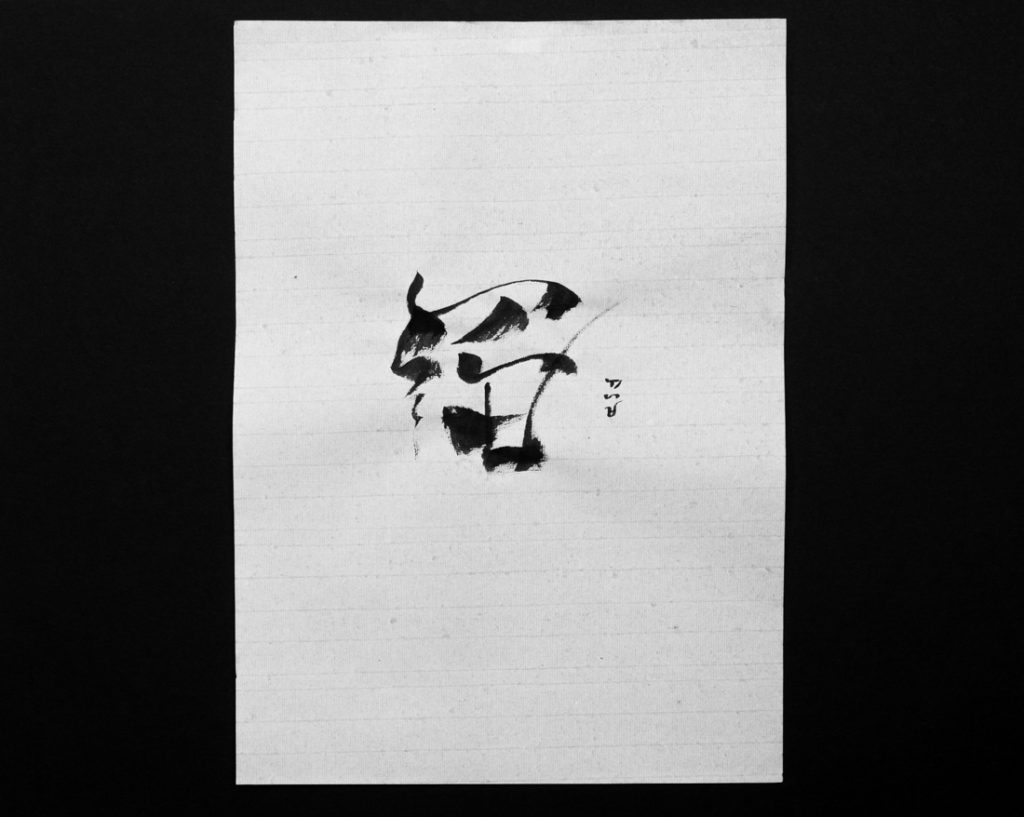
These are not true logographs or ideograms, because they are still made up of the alphasyllabic graphemes (not radicals) to create a single word, however, the aesthetic whole is pleasing to me, so I will be making more.
Links
- See more Logographing on my Instagram:
- Logogram:
- Baybayin script Artists:
- If you see only squares above where Baybayin script should be, you need to download a Baybayin font/typeface:
Bonus Images
The following are some scans of my aesthetic process of letters to logograph.
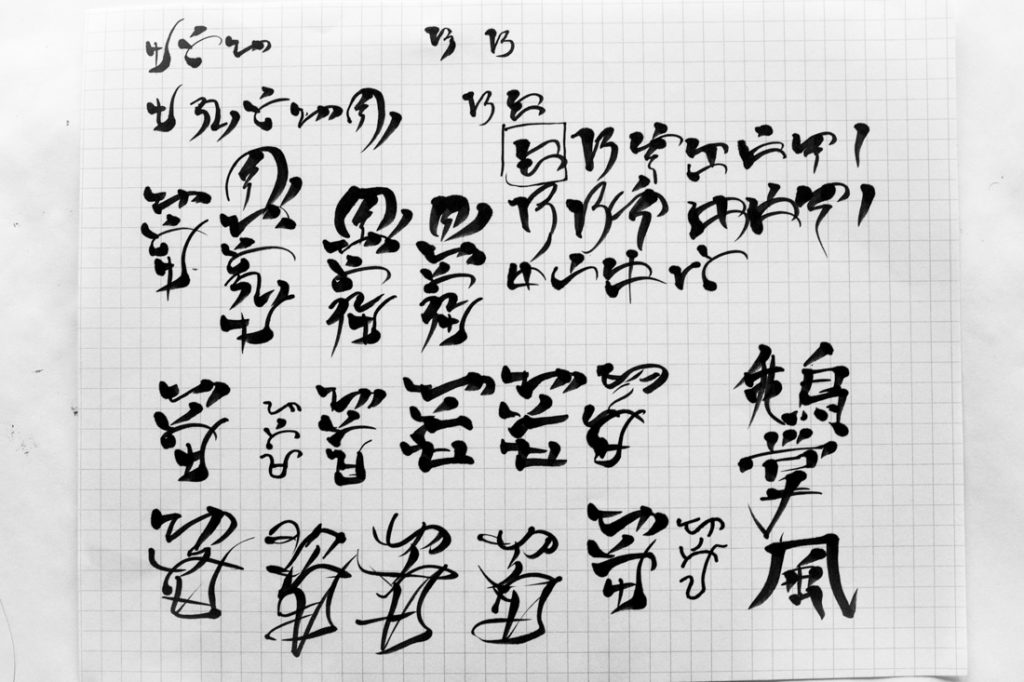
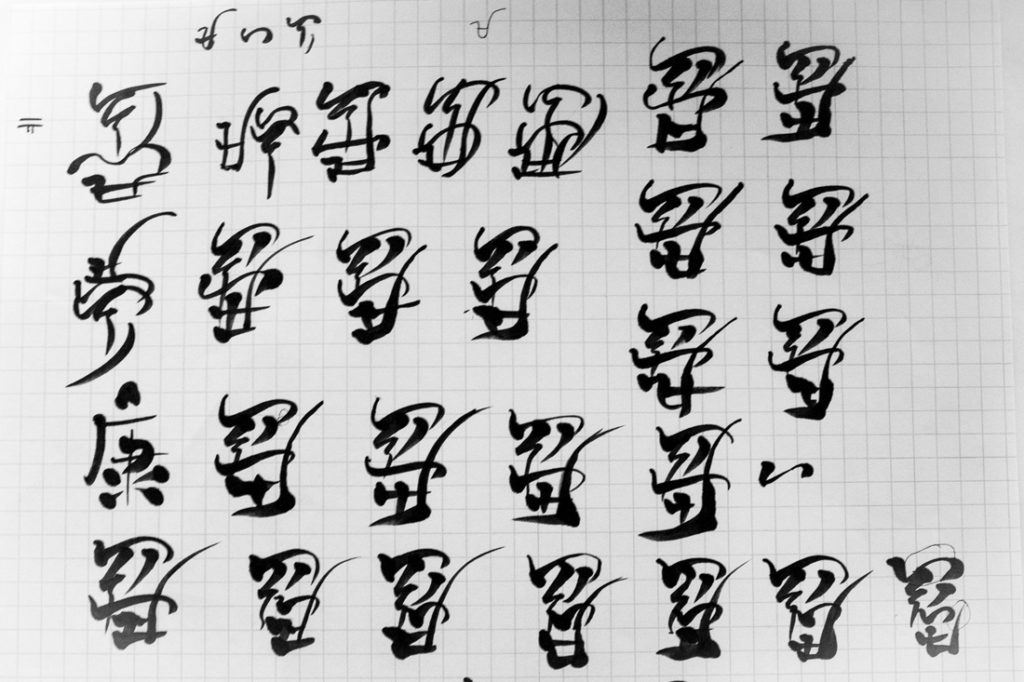
Leave a Reply